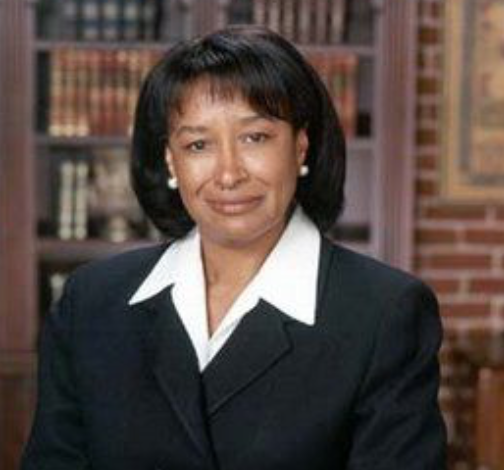 Under a print-version headline “Muah-hahaha haha hahaha ha hahaha!” next to the photo at right, the latest Bloomberg Businessweek offers a relatively unflattering portrait of Duke Energy CEO Jim Rogers‘ efforts to maintain control of the company after its merger with Progress Energy.
Under a print-version headline “Muah-hahaha haha hahaha ha hahaha!” next to the photo at right, the latest Bloomberg Businessweek offers a relatively unflattering portrait of Duke Energy CEO Jim Rogers‘ efforts to maintain control of the company after its merger with Progress Energy.
Jim Rogers is sitting in his sleek, modern office on the 48th floor of the Duke Energy Center in Charlotte, explaining how, after a rancorous merger capped off by an 11th-hour management coup, he remains chief executive officer of the largest electric utility in the U.S. He wonders aloud whether to enliven the account with a metaphor about soured romance. His public-relations man, Tom Williams, vetoes the idea. Rogers ignores him. “When you negotiate a deal,” he says, “it’s like dating, OK? When you go through the integration and planning process, it’s like living together. You’re not quite married, but you’re living together, and you’re learning a hell of a lot about each other.”
On July 2, at 4:02 p.m., just after the market closed, Duke Energy’s (DUK) board of directors gave final approval for the acquisition of Progress Energy, its cross-state rival. Progress’s CEO, the 6-foot-5 William Johnson, a defensive lineman in his Penn State days, was supposed to become chief executive of the combined company. Under the merger terms, Rogers was scheduled to assume the role of executive chairman, a step toward retirement.
At 4:30 p.m. the Duke board elected Johnson CEO. Then, after Johnson left to celebrate, the board took another vote and ousted him. He served as chief executive for two hours, give or take a few minutes.
The article offers more detail a little later.
Rogers greeted Johnson on the 47th floor of the Duke Energy Center, whose spacious offices are decorated in calming shades of aqua and sea green. After some pleasantries, Rogers reminded his heir apparent that they had to get to the 4:30 p.m. board meeting. “You can’t be late for your election,” he said.
The two executives repaired to a small office with a round white marble table for a conference call with Duke’s directors. It might have seemed strange that the board did not assemble in the flesh for such a momentous event, but no one discussed that. The vote making Johnson CEO took only a few minutes. Rogers shook Johnson’s hand and departed. Johnson headed for the elevators. At that moment, his BlackBerry buzzed with an e-mail from Gray. She had something to discuss in person.
If Gray was in Charlotte, Johnson wondered, why had she not joined Rogers and him for the board vote? She soon arrived, an outside lawyer in tow, to provide the answer.
After Rogers and Johnson left the teleconference, the board had remained on the call and gone into executive session. Gray abruptly made a motion to demand Johnson’s resignation and put Rogers back in charge of the enlarged Duke. The terms of the acquisition had given Duke a decisive majority of the board slots. Prepped in advance for Johnson’s defenestration, all nine other legacy Duke directors endorsed Gray’s motion. One of the nine, Michael Browning, a real estate developer from Indianapolis, testified that a confluence of factors, including the nuke plant and Johnson’s apparent reluctance to share certain financial information, caused a “loss of confidence in Bill’s ability to lead the team. For me, the toothpaste was out of the tube, and I couldn’t figure out how to get it back in.” Five directors who had come over from Progress could do nothing more than express their dismay and cast dissenting votes.


